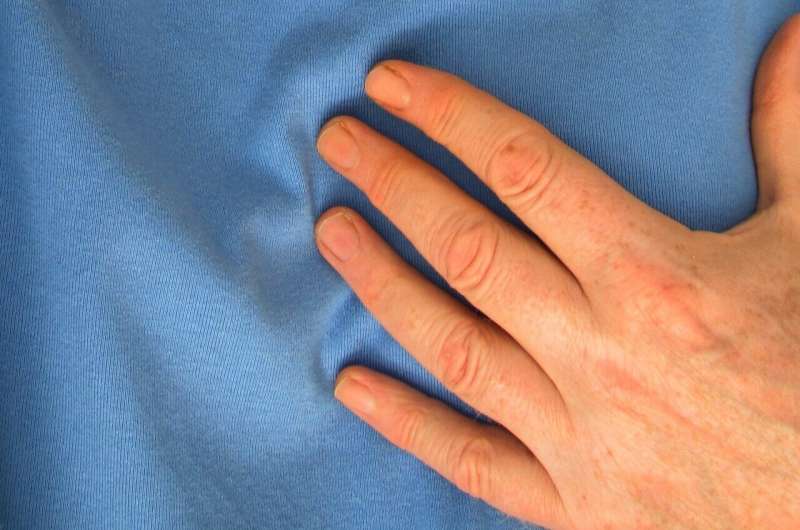

The first patient version of the European Society of Cardiology (ESC) Guidelines on cardiovascular disease prevention are unveiled today at ESC Congress 2022. The document is based on the longer version aimed at health professionals.1 It outlines how the likelihood of having a heart attack or stroke in the next 10 years is determined, how to change lifestyle habits to reduce risk, and what treatments may be needed according to current risk level.
ESC President Professor Stephan Achenbach says that “as healthcare professionals, we would like to see patients actively participate in decisions about their care, and actually giving them appropriate information makes them even better partners in the discussions. Developing specific patient guidelines is a way for the ESC to contribute towards better patient education by adding a new kind of health literacy that informs patients and complements the important work already being done by National Cardiac Societies and patient organizations.”
Regardless of risk, everyone should stop smoking, follow advice on nutrition, body weight, and physical activity, and control blood pressure. Adults of all ages should aim for at least 150–300 minutes of moderate intensity, or 75–150 minutes of high intensity, physical activity per week. The document advises staying as active as possible, and that some exercise is better than none. A nutritious diet is fundamental to heart health and the advice is to adopt a Mediterranean or similar diet, meaning: replace saturated (e.g. fast food, red meat) with unsaturated fat (e.g. olive oil, avocado); reduce salt intake; eat more whole grains, fruits, vegetables and nuts; eat fish at least once a week; drink no more than 100 g of alcohol per week; and reduce added sugar intake.
A patient version of the ESC Guidelines for the diagnosis and treatment of acute and chronic heart failure2 was launched in May. Mr. Richard Mindham, a patient representative on the ESC’s Patient Forum who was involved in the heart failure guidelines, says that “this simplified version parallels the professional guidelines, explaining the pathway a patient should travel along with their heart failure diagnosis, treatment and care. Consequently, it can aid patients in the understanding of the whole process they are going through and provides enough information to encourage patients to take part in shared decision-making. With this knowledge, patients can see whether they are receiving optimal care and ask if there is something they are not being offered, for example, one or more of the four drugs known to improve prognosis of heart failure with reduced ejection fraction or a comprehensive rehabilitation program.”
Project co-ordinator Professor Tiny Jaarsma explained how the patient versions of ESC Guidelines were developed: “We assembled a team of patient representatives, nurses and physicians who had been involved in the professional guideline development. We started with a blank page and a flexible approach—we used our knowledge of interacting with patients and writing other patient materials to consider what they need to know and how to present it. The chairs of the ESC guidelines gave their final approval.”
She continued that they “are hoping for the support of the National Cardiac Societies and healthcare professionals to translate the English versions to their local language in a coordinated way. We purposely designed the documents to be easy to adapt, for example, with simple graphics. Several countries have already started to translate the guidelines, which is great news. We have created a specific dissemination plan for each set of guidelines as the target populations are very different. For cardiovascular disease prevention, we could all use these guidelines. Our ultimate aim now is to get the patient guidelines to where they can really make a difference—we want every doctor and nurse to be able to give them to every patient.”
Source: Read Full Article